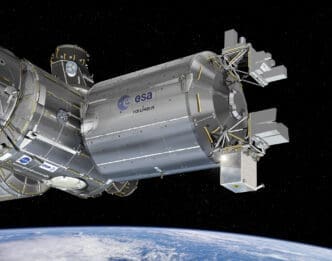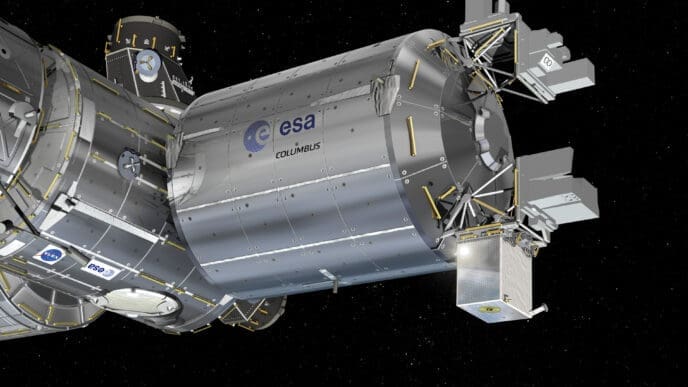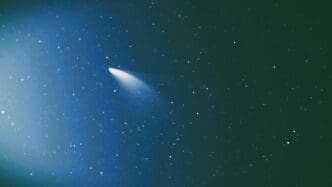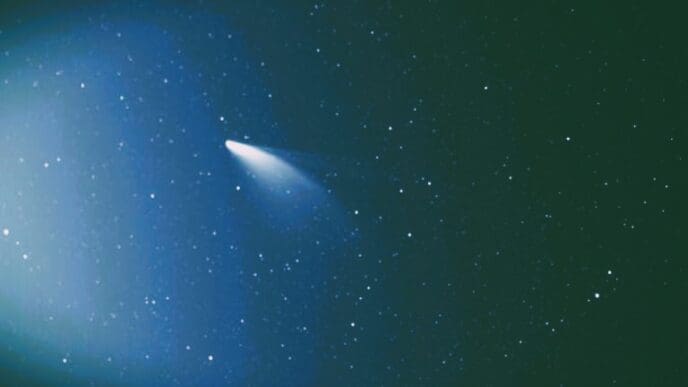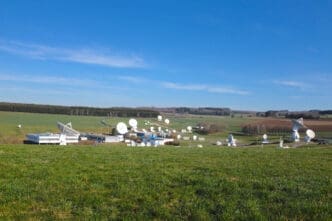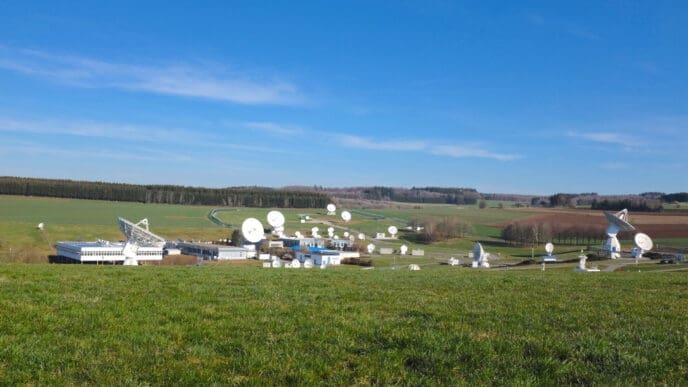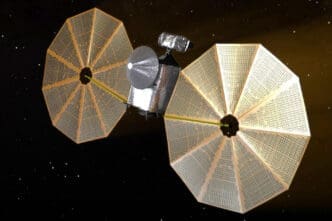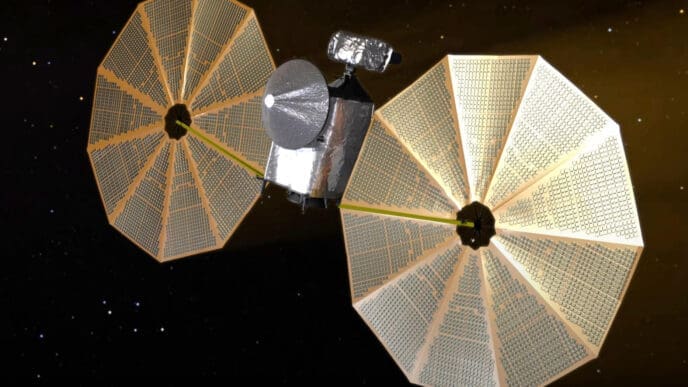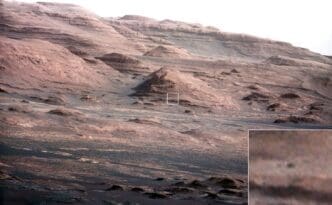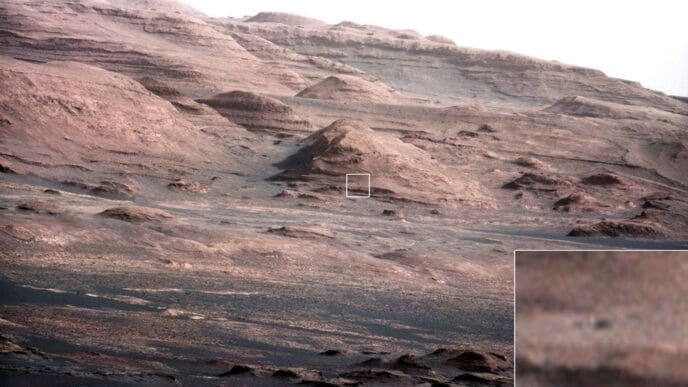As I embark on my second shift of the week as the Environmental theme lead and keeper of the plan, also known as ESTLK, today seems oddly reminiscent of Monday. Once again, Curiosity is stationed like a geologist, which means the arm remains stowed and contact science is on hold. However, this allows us extra time to thoroughly observe our surroundings.
The agenda for today mirrors Monday’s closely. We begin with targeted remote sensing on the first sol before moving on, followed by untargeted remote sensing on the subsequent sol. On sol 4493, we kick off our remote sensing with a suprahorizon movie directed southward in search of clouds. A dust-devil survey completes the sol’s environmental observations, after which the geology team can focus on examining rocks.
For Mastcam, this involves observing a collection of bedrock targets known as “Observatory Trail,” highlighting intriguing veins at “Point Loma,” and gazing toward “Black Butte.” Although I couldn’t come up with a catchy pun for Black Butte, the area is of significant interest. ChemCam is set to conduct a Laser-Induced Breakdown Spectroscopy (LIBS) observation of “Cholla,” in addition to two long-distance observations of Texoli Butte and the boxwork structures.
The second sol is more subdued, as untargeted sols typically are, but Curiosity should have ample energy following a well-deserved rest. Taking full advantage, we plan an extended dust-devil movie. Despite the current cloudy season, we occasionally spot dust rising, and this extended observation period enhances our chances of capturing a gust of wind or a dust devil in action. Additionally, we have a Mastcam tau observation scheduled to monitor atmospheric dust levels, culminating with a ChemCam AEGIS activity to autonomously select a LIBS target.
The Ripple Effect
- Scientific Progress: Each observation contributes to the broader understanding of Martian geology and climate, impacting future exploration.
- Technological Advancements: The use of instruments like Mastcam and ChemCam further showcases advancements in remote sensing technology.
- Environmental Monitoring: Observing dust devils and atmospheric conditions aids in understanding Martian weather patterns and potential hazards.
- Space Exploration: The data collected informs long-term strategies for human exploration and habitation on Mars.
- Public Engagement: Sharing Curiosity’s findings fosters interest and enthusiasm for space exploration among the public.
- Educational Opportunities: The mission’s progress is a valuable resource for educators and students studying planetary science.
- International Collaboration: Global partnerships in space missions are strengthened through shared data and objectives.
- Inspiration for Innovation: The challenges faced in space missions drive innovation in related fields on Earth.
- Cultural Significance: Mars exploration captures the imagination, becoming a part of cultural narratives and future aspirations.
- Policy Development: Insights from missions like Curiosity can influence policies regarding space exploration priorities and funding.



